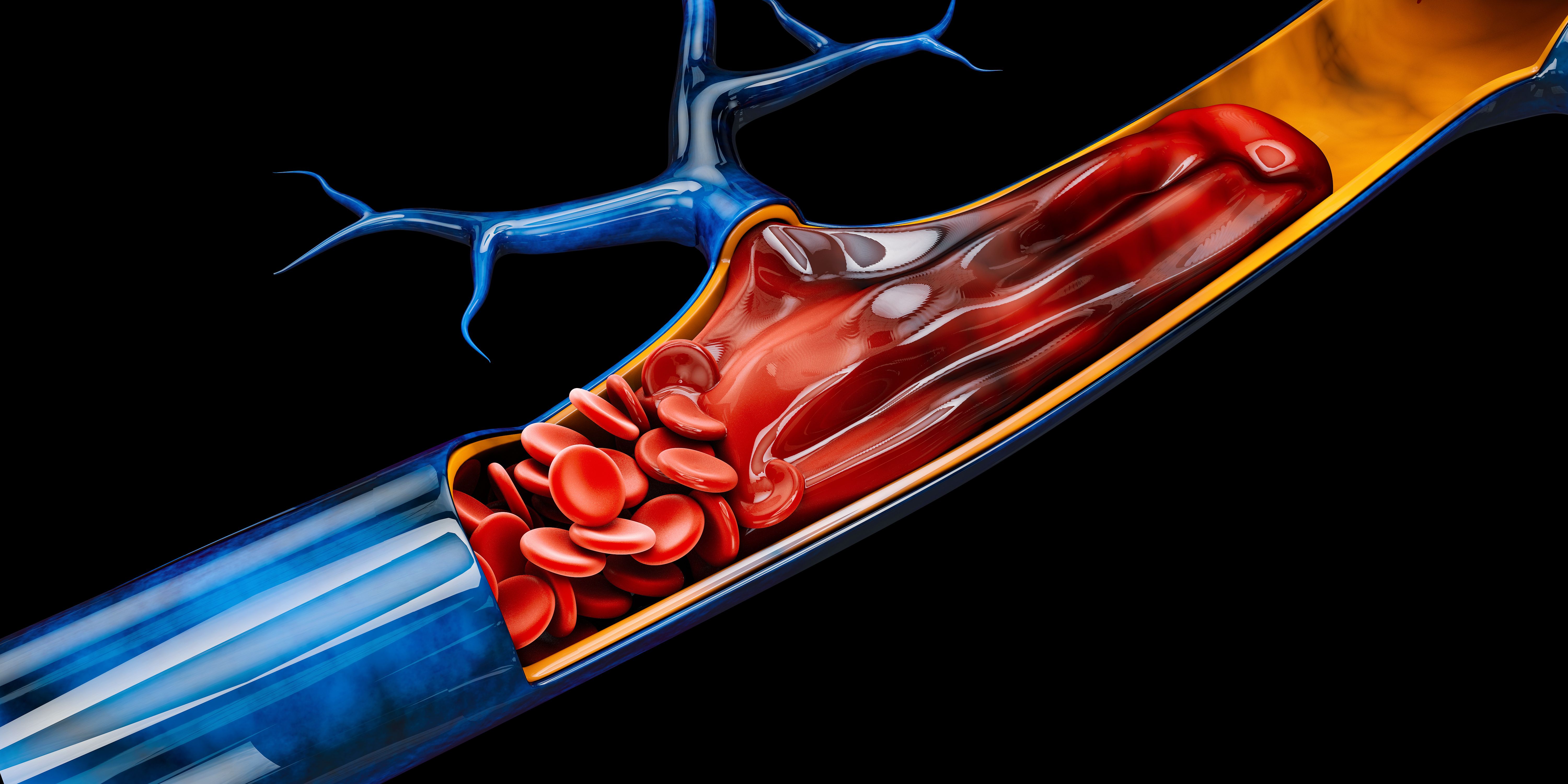Comparing Venous Thromboembolism in COVID-19 and Non-COVID-19 Hospitalized Patients
Anticoagulant treatment for 3 to 6 months was sufficient for the majority of COVID-19 patients with venous thromboembolism, the study authors found.

For patients with COVID-19-associated venous thromboembolism (VTE), the risk is low and similar to the risk observed among patients with VTE secondary to hospitalization, according to a paper published in Research and Practice in Thrombosis and Hemostasis.
Investigators from the Arianna Anticoagulation Foundation compared characteristics, management strategies, and long-term clinical outcomes between COVID-19 patients linked to VTE and patients with VTE hospitalized by other acute illnesses. They enrolled 278 COVID-19 patients with VTE in their observational cohort study—which took place at 16 centers in Italy between 2020 and 2021—as well as 300 non-COVID-19 patients.
The investigators noted that other studies had reported a high incidence of VTE in patients hospitalized for COVID-19, with estimates between 15% in patients admitted to medical wards and 23% of patients admitted to intensive care units (ICUs).
The study participants underwent 12 months follow-up after treatment discontinuation, including at least 1 in-person visit at 6 and 12 months. The patients were included in the study if they had objectively diagnosed proximal or distal deep vein thrombosis (DVT) of the lower or upper limbs, and/or pulmonary embolism (PE) diagnosed during hospitalization from COVID-19.
At first, male gender and diabetes were more prevalent in patients with VTE related to COVID-19, but the prevalence of chronic inflammatory disease, history of cerebrovascular events, history of VTE, and history of major bleeding events was significantly lower in COVID-19 patients than in controls. Regarding other variables, the study authors found no difference between the groups. Additionally, PE without concomitant DVT occurred more frequently among patients with VTE secondary to COVID-19 than in the control group.
Significantly more patients with COVID-19-associated VTE received parenteral anticoagulant treatment than controls, with low molecular weight heparin (LMWH) being the most frequent. Fewer COVID-19 patients received fondaparinux or direct oral anticoagulants (DOACs) than controls, the study authors added. DOACs were prescribed more frequently to COVID-19 patients than to controls, but the median duration of anticoagulant treatment was similar between the 2 groups.
There were 27 deaths recorded during treatment: 11 in the COVID-19 group (7 during hospitalization) and 16 in the control group (none during hospitalization). Mortality rates were similar between the groups. COVID-19 group patients’ causes of death included myocardial infarction, acute respiratory failure, and sepsis. In the control group, causes of death included PE and heart failure. The remaining 12 deaths were reported with unknown causes.
“The low number of events seen in our study after discontinuation of therapy suggests that anticoagulant treatment for a limited period of 3-6 months is generally adequate for the majority of patients with COVID-19-associated VTE, similar to what it is currently recommended for patients with VTE secondary to a transient risk factor, including hospitalization for an acute medical disease,” study coordinator Walter Ageno said in a press release.
This research is also being presented as an oral communication at the ISTH Congress (International Society on Thrombosis and Hemostasis) to be held in Montreal, Canada in late June.
